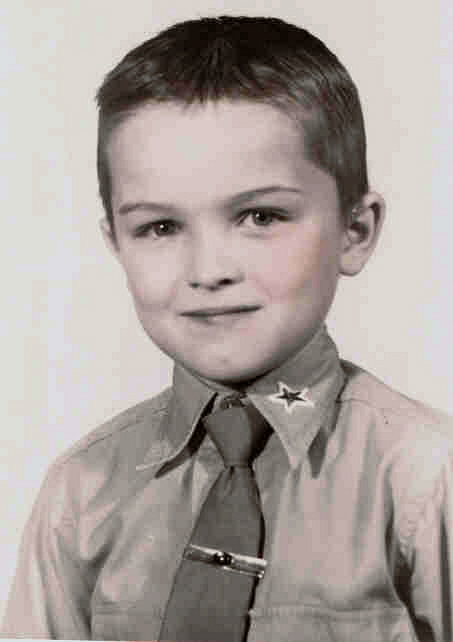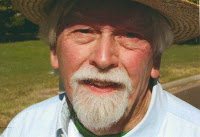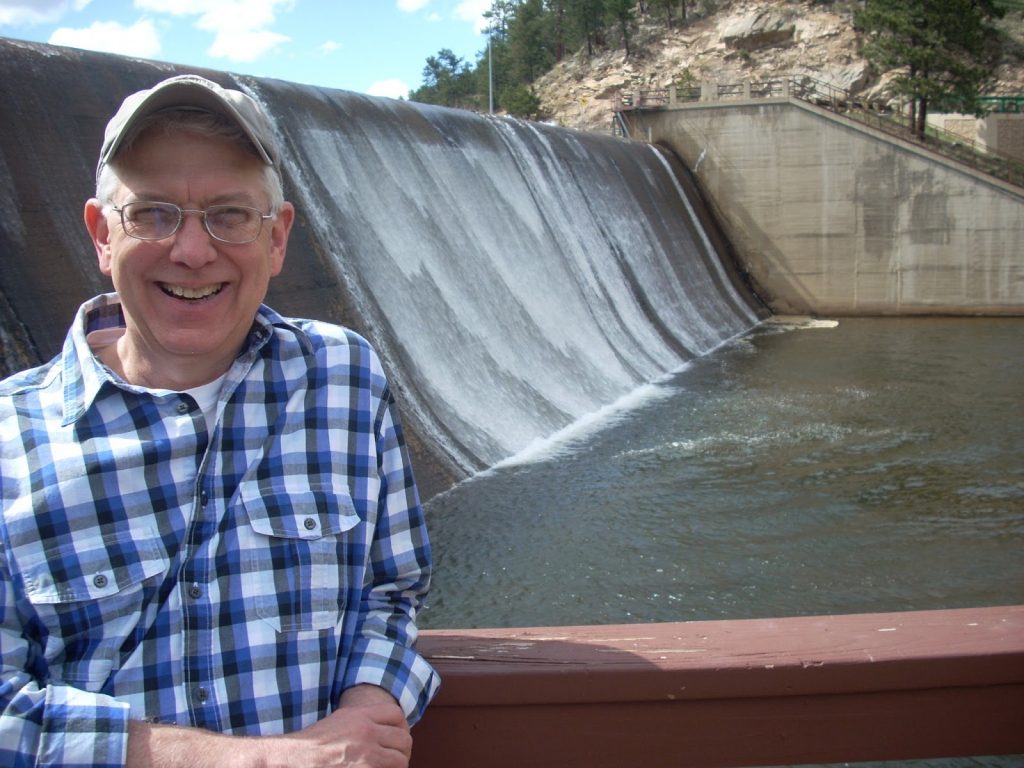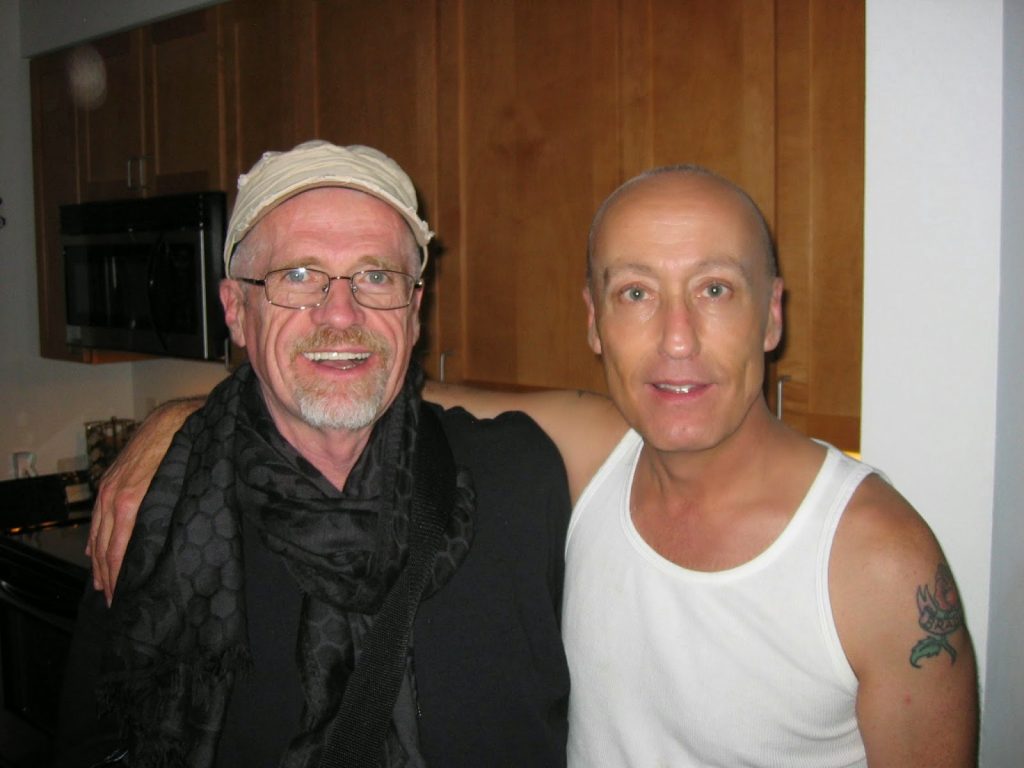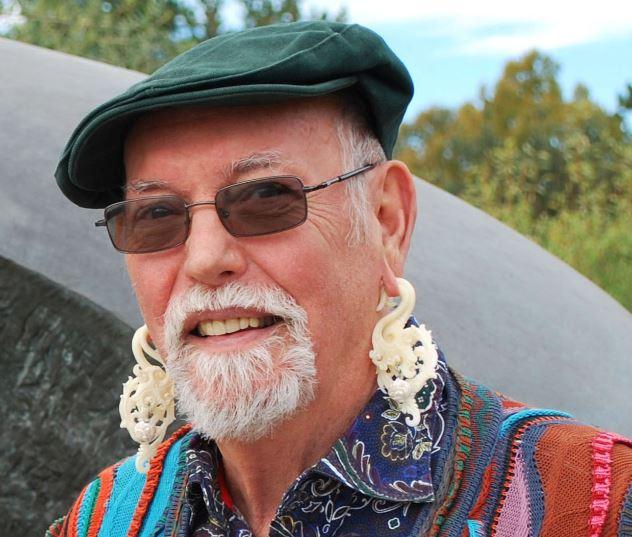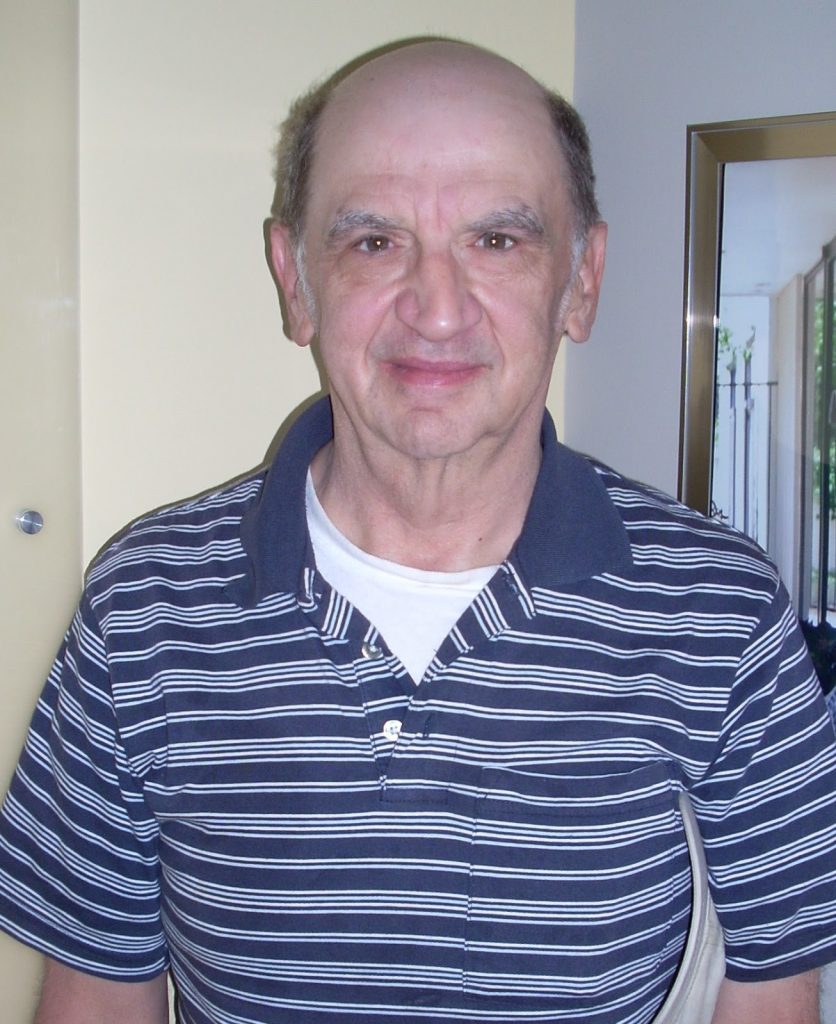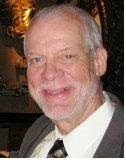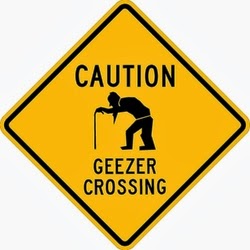Sadly, except for my siblings, my children, and my grandchild, I cannot think of any other straight people who love me. Not even my surviving aunts and uncles fall into that category. There is one straight person who tolerates me now. He once told me years ago that he loved me, but he has never said it again.
He was a school friend of my then 13-year old daughter. At one point my daughter told me he actually told his mother to divorce his dad and marry me. His dad is deaf, refuses to learn sign language, and is a drug addict. All his son wanted, was to have the same kind of relationship that my daughter had with me. The quirky thing about this is that my daughter asked me, if I married his mother, could my daughter marry him. I said no, unless they married before I married his mother. I find the mind of 13-year old’s to be very strange. It must be the raging hormones. I never figured out if it was their hormones or mine.
On the other hand, I have a few happy friends, who are very cheerful when around me, and probably even more joyful when not around me. Nevertheless, not to confuse anyone with these multiple designations, I will just call them my gay friends. To me they are as straight as my non-gay family members are, because to me, they do not appear to be bent or crooked.
It is rather depressing not to have straight friends, so I will end this story session with a happy little anecdote sent to me by a friend.
It was a dark and stormy night. Bob Hill and his new wife, Betty, were vacationing in Europe…as it happens, near Transylvania. They were driving in a rental car along a rather deserted highway. It was late and raining very hard. Bob could barely see the road in front of the car. Suddenly, the car skids out of control! Bob attempts to regain control of the car but to no avail! The car swerves and smashes into a tree.
Moments later, Bob shakes his head to clear the fog. Dazed, he looks over at the passenger seat and sees his wife unconscious, with her head bleeding! Despite the rain and unfamiliar countryside, Bob knows he has to get her medical assistance.
Bob carefully picks his wife up and begins trudging down the road. After a short while, he sees a light. He heads towards the light, which is coming from a large old house. He approaches the door and knocks. A minute passes. A small, hunched man opens the door. Bob immediately blurts, “Hello, my name is Bob Hill, and this is my wife Betty. We’ve been in a terrible accident, and my wife is seriously hurt. Can I please use your phone?”
“I’m sorry,” replied the hunchback, “but we don’t have a phone. My master is a doctor; come in, and I will get him!” Bob brings his wife in.
An older man comes down the stairs. “I’m afraid my assistant may have misled you. I am not a medical doctor; I am a scientist. However, it is many miles to the nearest clinic, and I have had a basic medical training. I will see what I can do. Igor, bring them down to the laboratory.”
With that, Igor picks up Betty and carries her downstairs, with Bob following closely. Igor places Betty on a table in the lab. Bob collapses from exhaustion and his own injuries, so Igor places Bob on an adjoining table.
After a brief examination, Igor’s master looks worried. “Things are serious, Igor. Prepare a transfusion.” Igor and his master work feverishly, but to no avail. Bob and Betty Hill are no more.
The Hill’s deaths upset Igor’s master greatly. Wearily, he climbs the steps to his conservatory, which houses his grand piano. For it is here that he has always found solace. He begins to play, and a stirring, almost haunting melody fills the house.
Meanwhile, Igor is still in the lab tidying up. His eyes catch movement, and he notices the fingers on Betty’s hand twitch, keeping time to the haunting piano music. Stunned, he watches as Bob’s arm begins to rise, marking the beat! He is further amazed as Betty and Bob both sit up straight!
Unable to contain himself, he dashes up the stairs to the conservatory. He bursts in and shouts to his master.
“Master! Master! The Hills are alive with the sound of music.”
© 28 October 2012
About the Author
I was born in June of 1948 in Los Angeles, living first in Lawndale and then in Redondo Beach. Just prior to turning 8 years old in 1956, I began living with my grandparents on their farm in Isanti County, Minnesota for two years during which time my parents divorced.
When united with my mother and stepfather two years later in 1958, I lived first at Emerald Bay and then at South Lake Tahoe, California, graduating from South Tahoe High School in 1966. After three tours of duty with the Air Force, I moved to Denver, Colorado where I lived with my wife and four children until her passing away from complications of breast cancer four days after the 9-11 terrorist attack.
I came out as a gay man in the summer of 2010. I find writing these memories to be therapeutic.
My story blog is, TheTahoeBoy.Blogspot.com.
